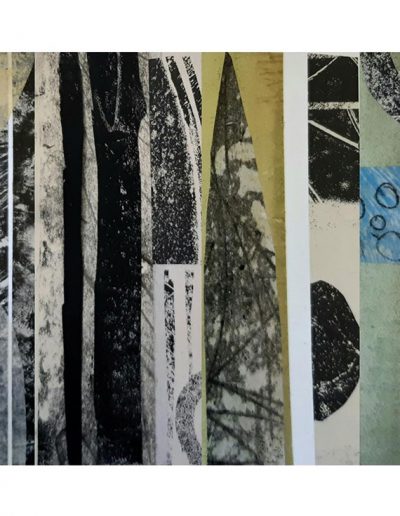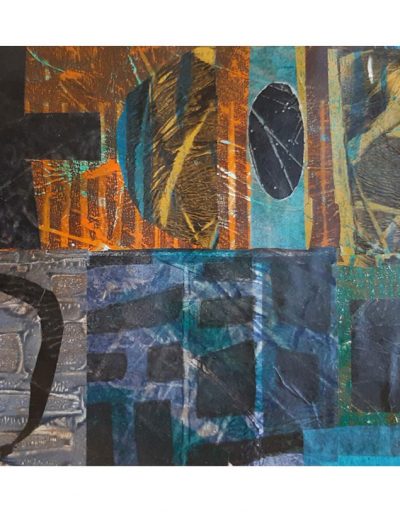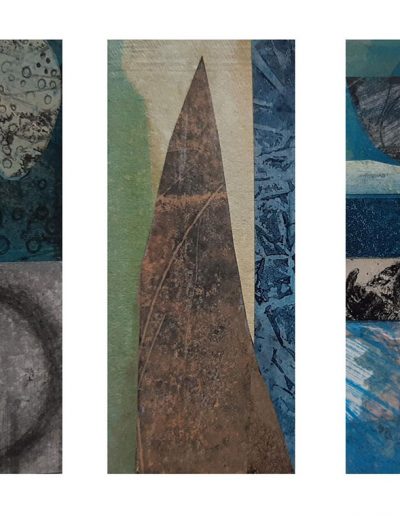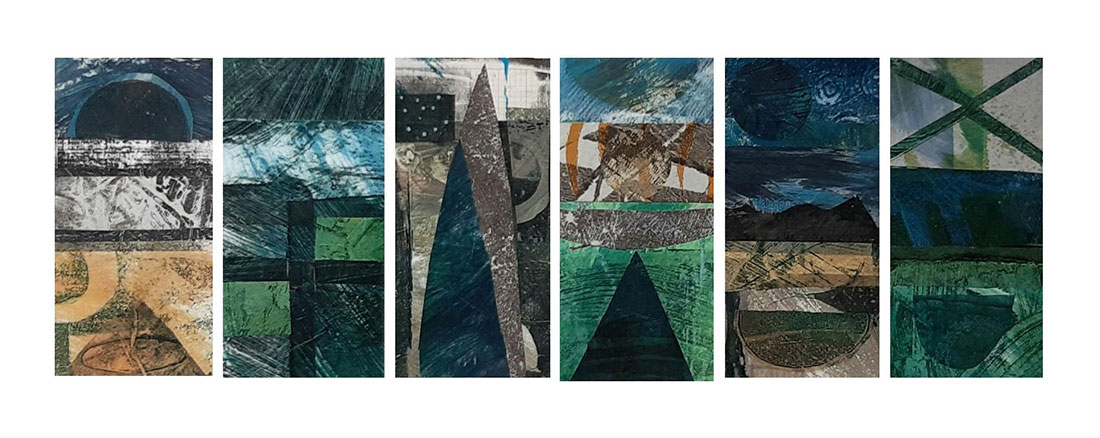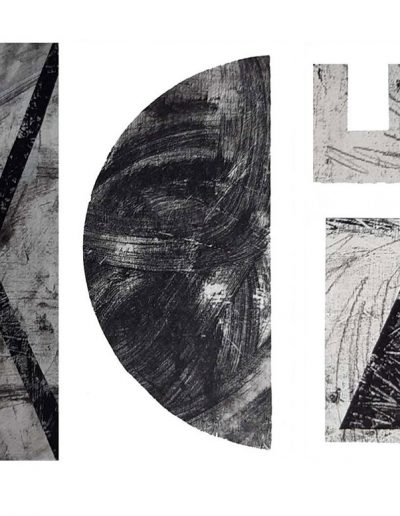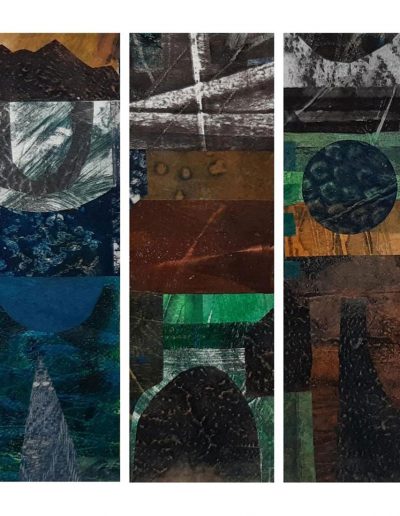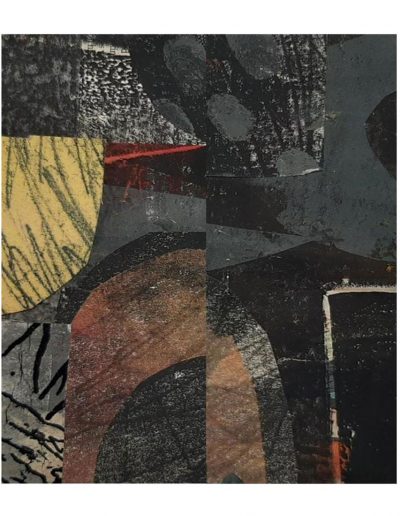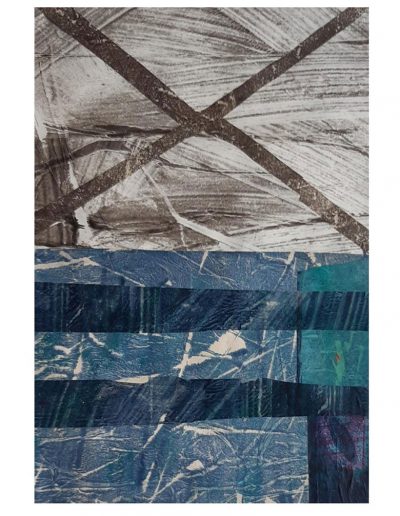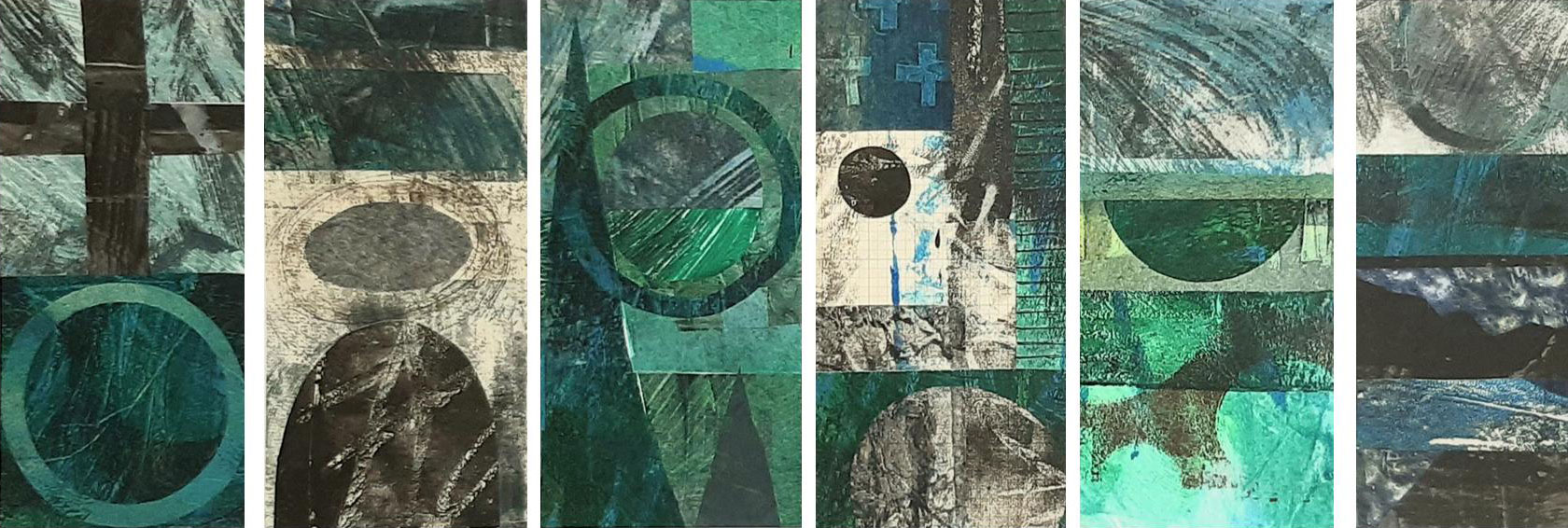
Symbols
‘I feel very close to the alchemists of old. Art is the evocation of the inexpressible by images, symbols, sounds, movement of ritual. The most important things are instinctual.’ — Alan Davie, 1989
Symbols can be defined as objects that represent an idea or concept. Often their meanings expand into something larger, allowing artists to clearly illustrate and emphasise their thinking, giving concrete form to ideas without constraining them. For some time now I have been exploring the imaginative implications of symbols and their ambiguous meanings. Many of them encapsulate our basic belief systems about the universe and our place in it. From primitive cultures to more developed civilisations, symbols are remarkably similar. People around the world have adopted familiar symbols in their visual languages.
Often based on indigenous stories and memory, myths are unfolded symbol systems that embrace truths and remind us how to behave and what to respect and value. By bringing out the extraordinary in the ordinary, symbols enhance meaning and magic, create harmony and give structure and meaning to life in a mysterious universe. In the West, symbols lost their power as science and reason led to a disinterest in traditional beliefs and practices. A growing respect for individuality further deprived the imaginative symbolic language of both the sacred and the secular.

